I also want to point out that of the $3000 raised for both flights, just $225 came from fellow Georgians. This is quite embarrassing and disappointing to me, as it indicates a woeful lack of concern for the state’s native wildlife and a corresponding lack of public support for Georgia’s wildlife rehabbers—and yet the people who ignore pleas for donations will be the very ones screaming to the rafters when they can’t find a rehabber because their local rehabber shut down due to lack of funding. Can’t have it both ways, people—support us or lose us. It’s that simple.
To my fellow chatters from the NYU Hawk Cam, THANK YOU! The vast majority of the donations making these flight pens possible came from you or people you alerted to my situation. You’re pretty darned amazing, folks!
The second example of needing a village actually comes from today. This morning one of my game wardens called and said he’d been alerted to an injured wood stork—broken leg— on a local highway. He was in the process of rounding up help to go catch it and wanted to make sure I could take it. No waterfowl in the spare tub at the moment, so we’re good to go…
Several hours later, he called to tell me that a three-man team caught the bird and he was on his way with it. This is a shout out to my amazing local DNR folks: game wardens Dan Stiles and Rodney Horne and state wildlife biologist Chris Baumann. Without them, this bird would have suffered a slow and very painful death, so a round of applause, if you will, for three great DNR guys!
And, of course, no update lately would be complete without your Igor fix, so herewith I offer that crazy corvid himself!
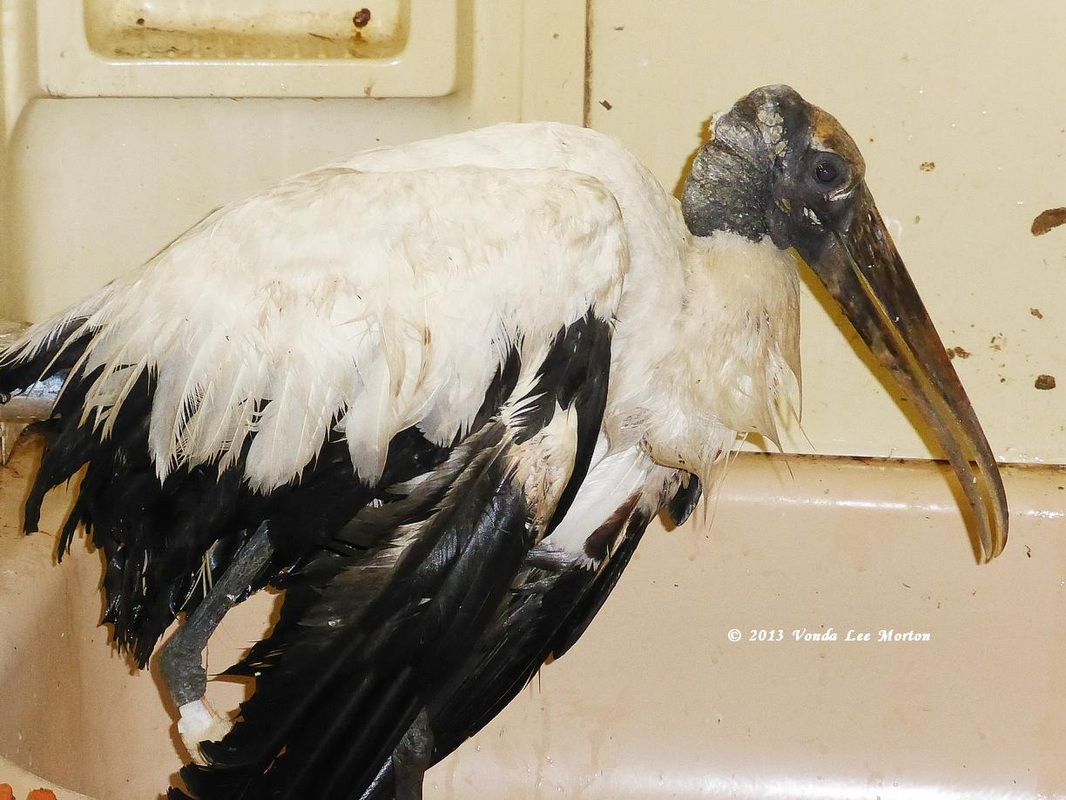
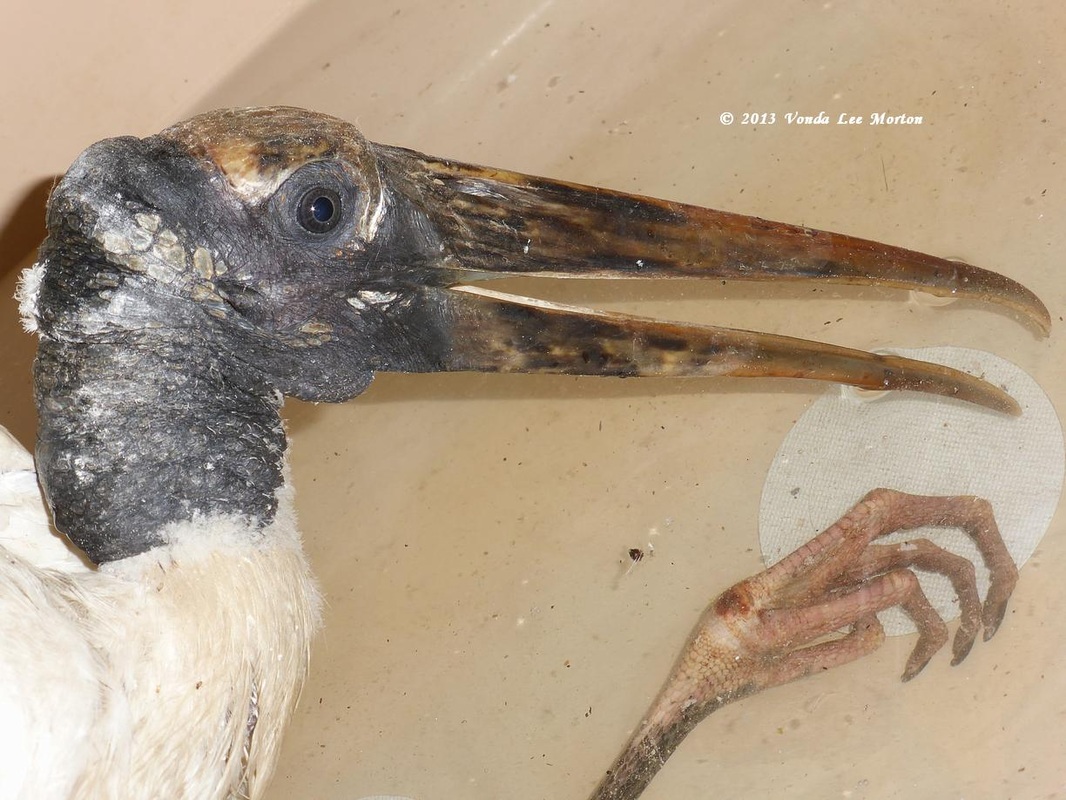
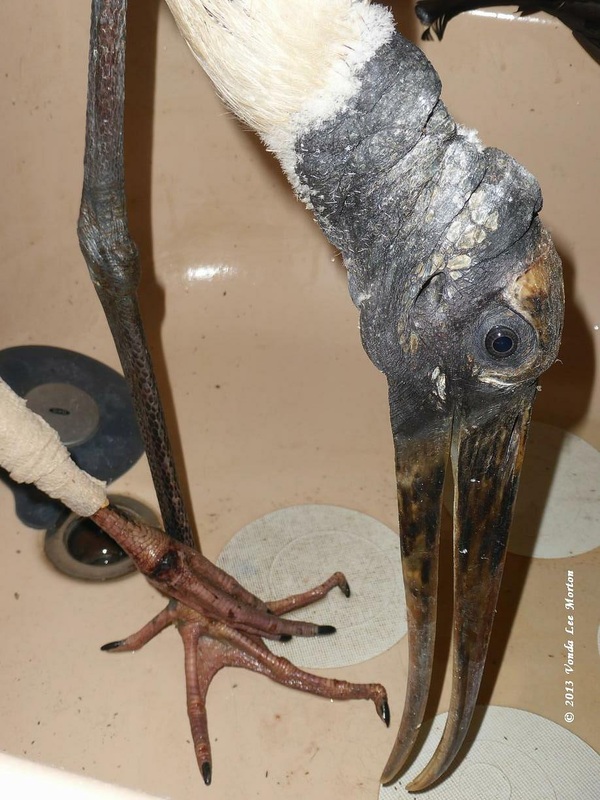
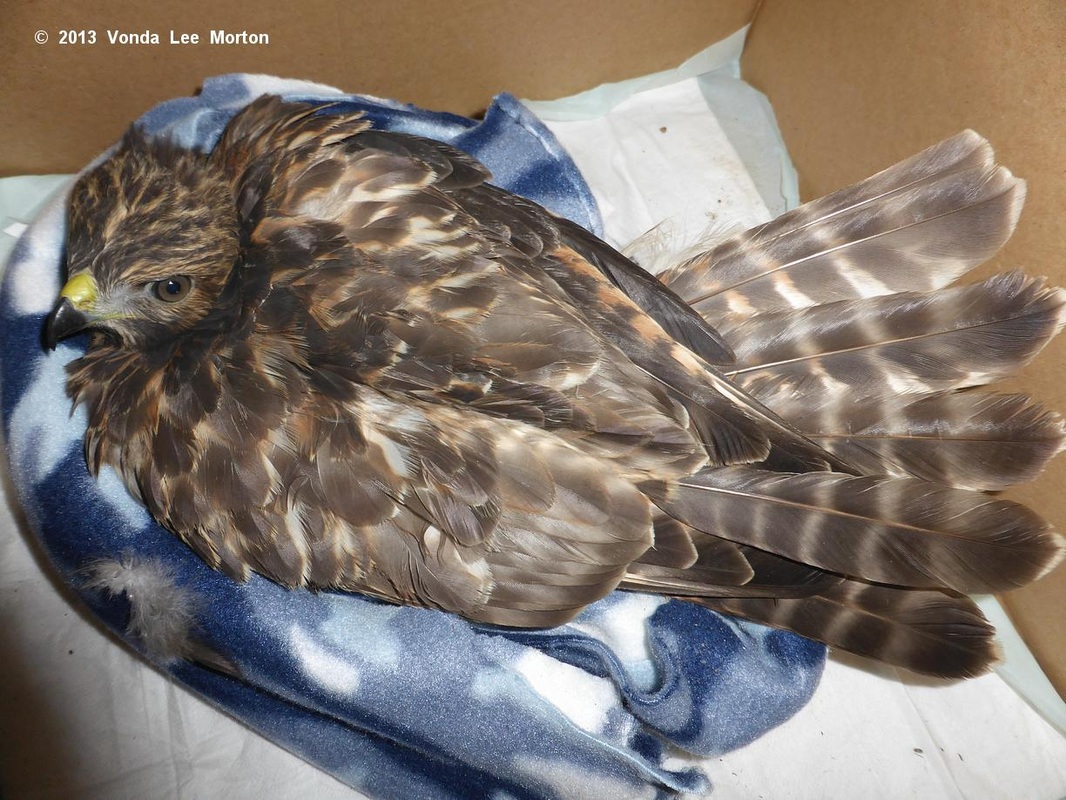
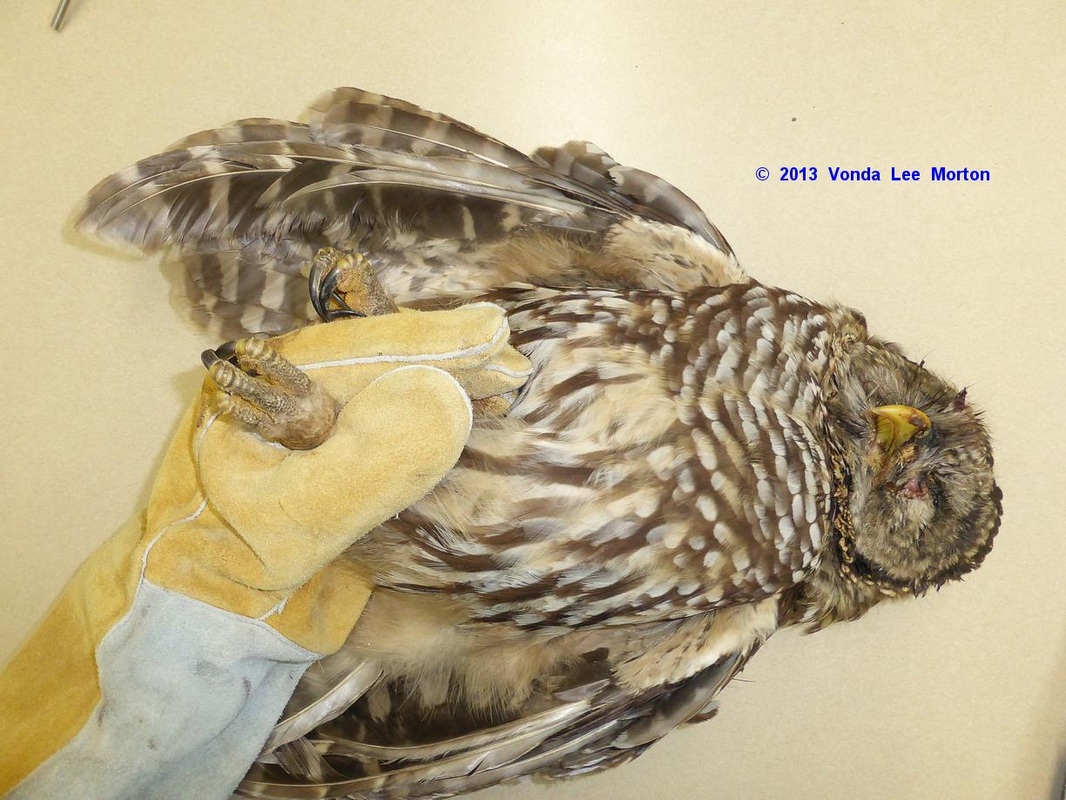

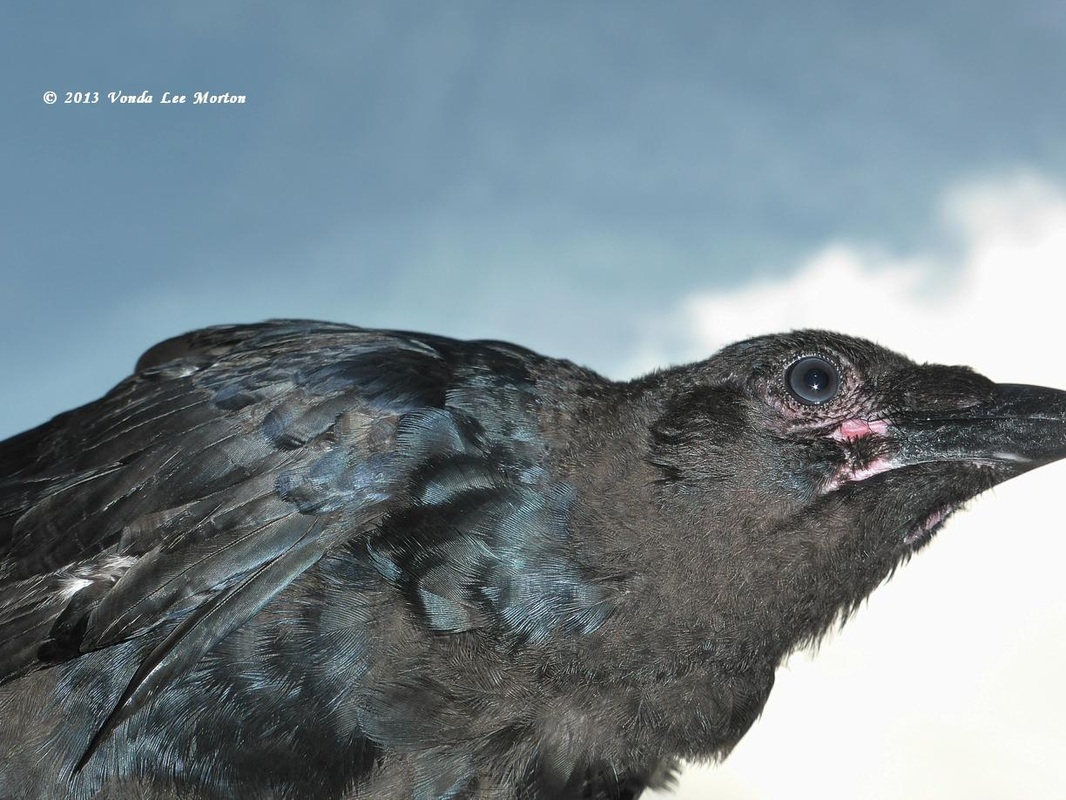
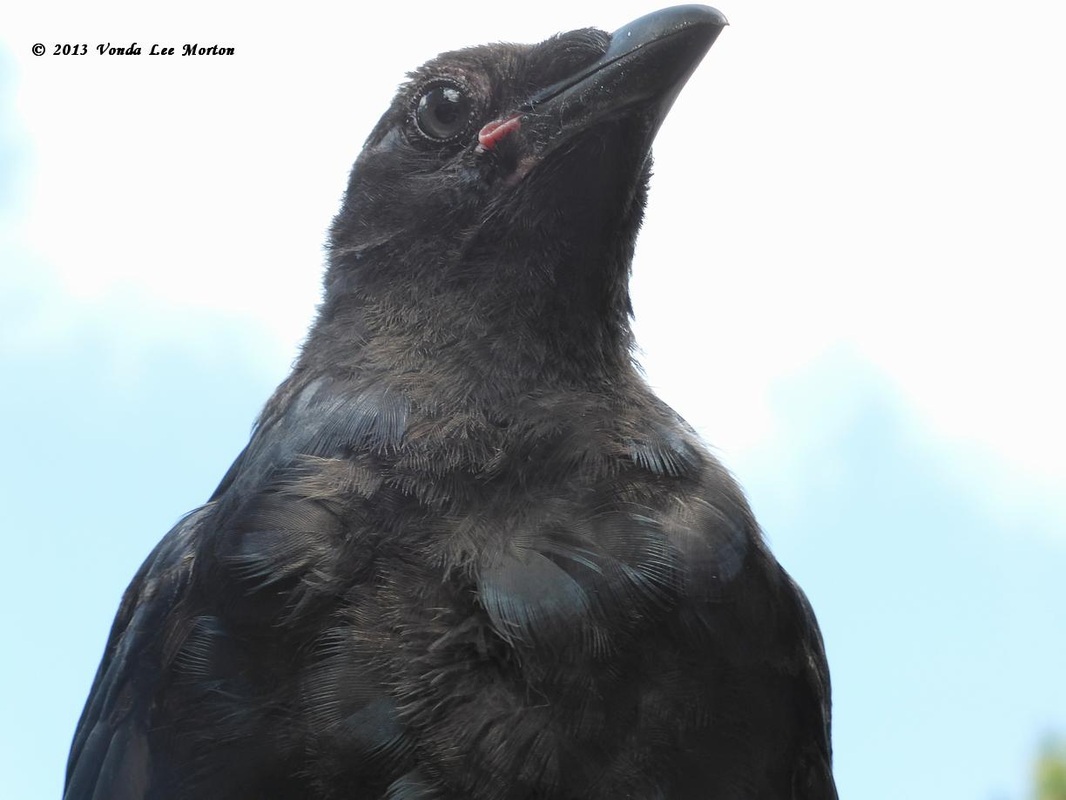
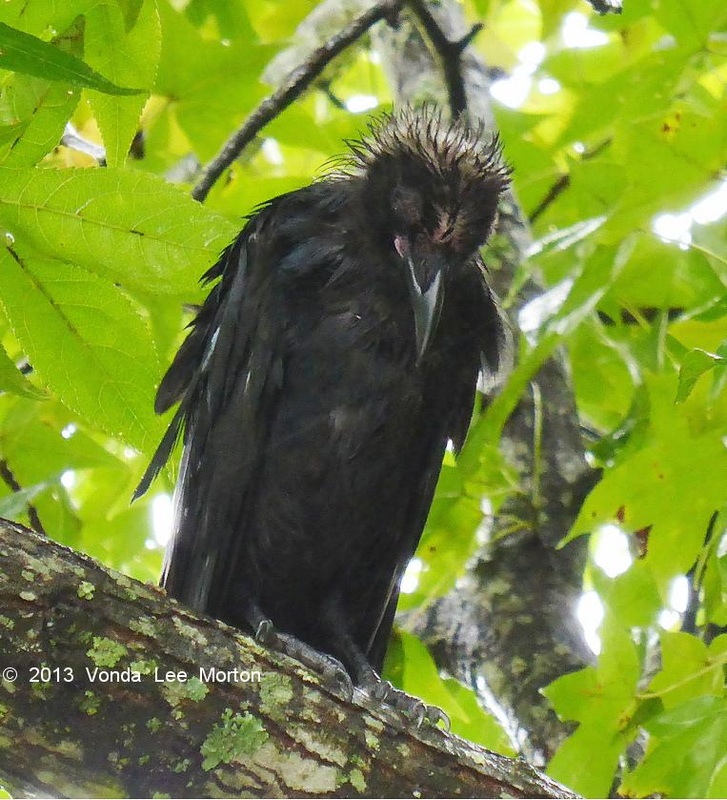
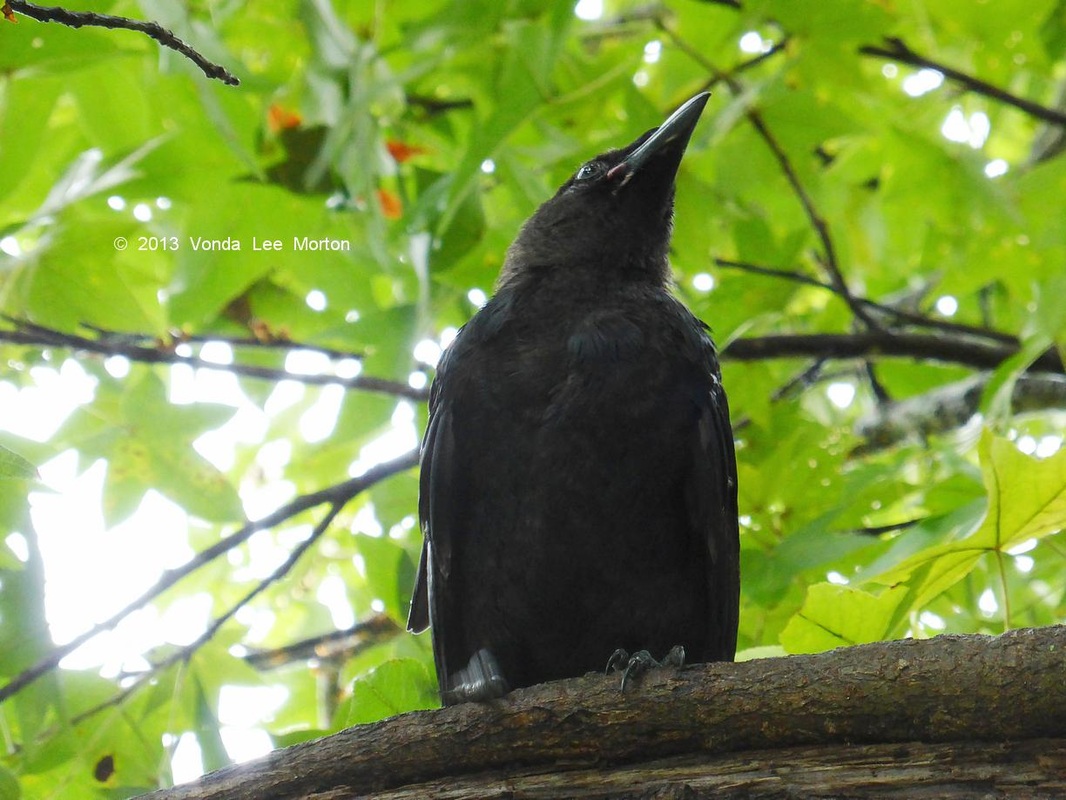
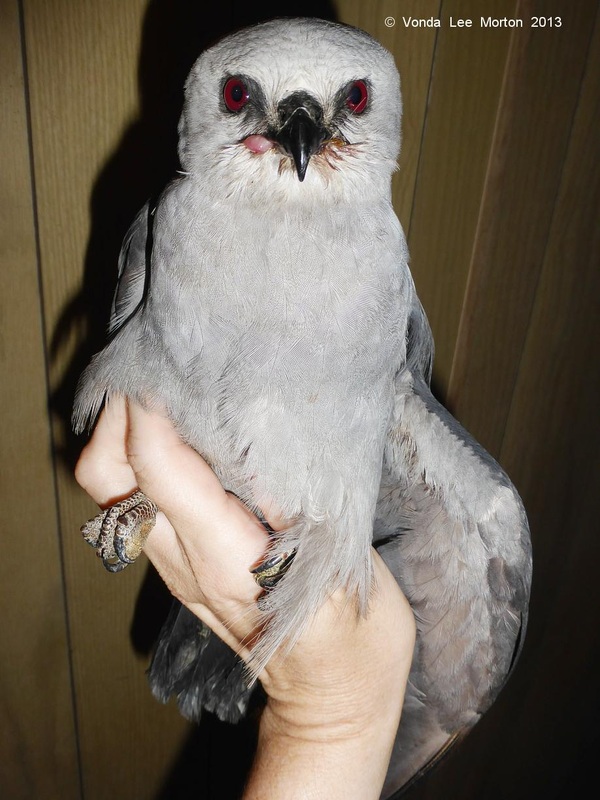
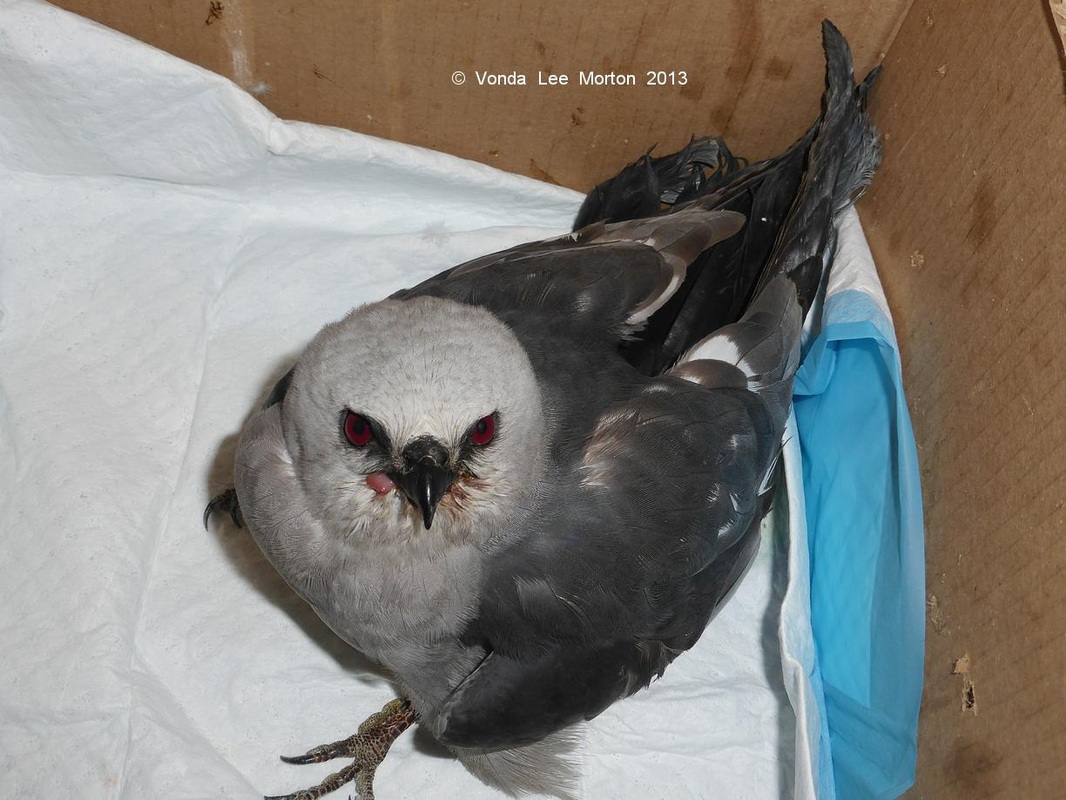
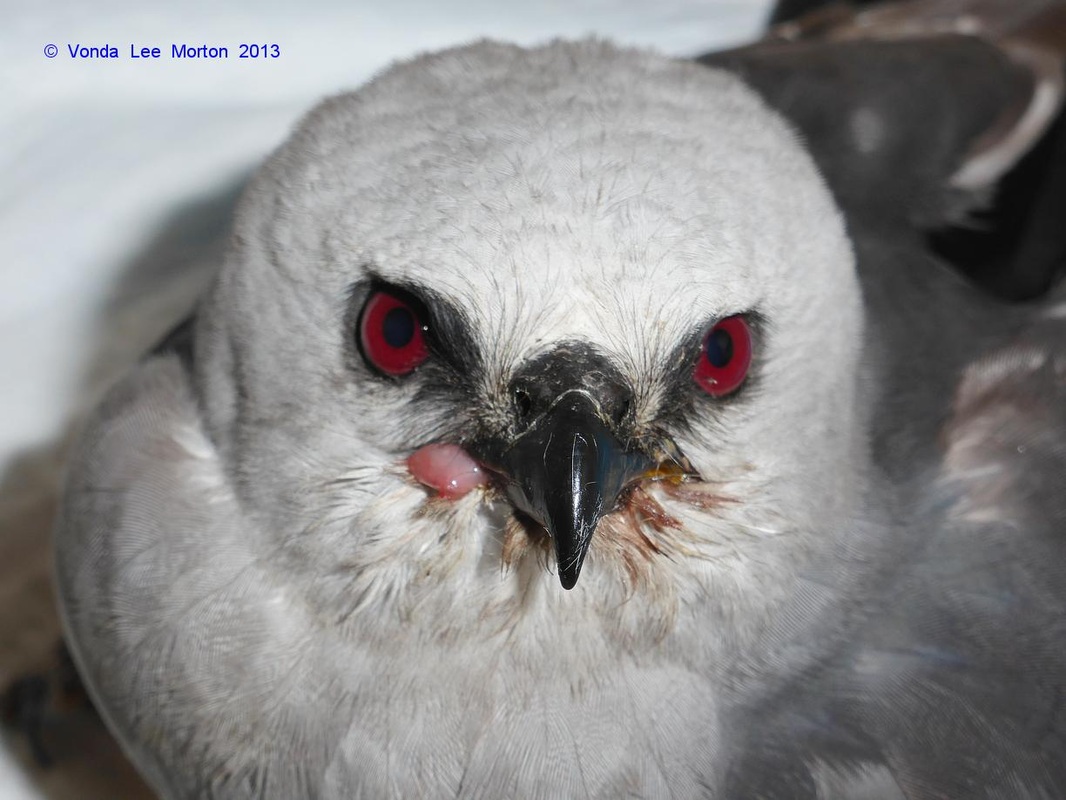
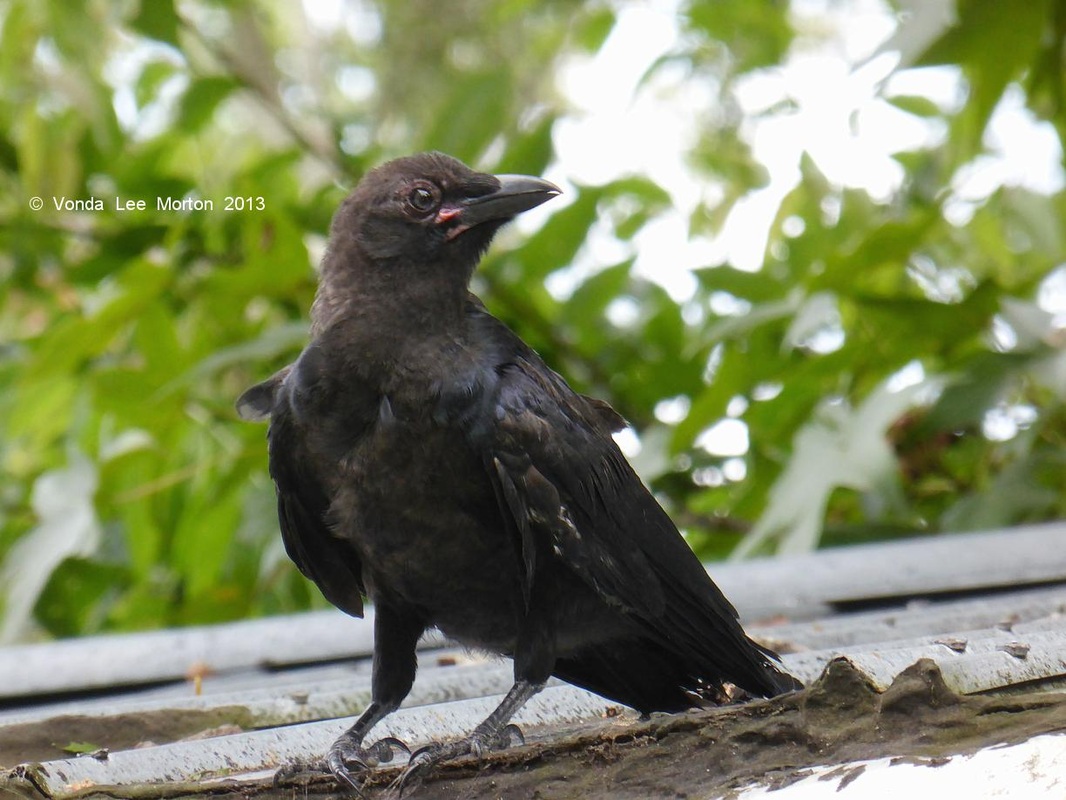
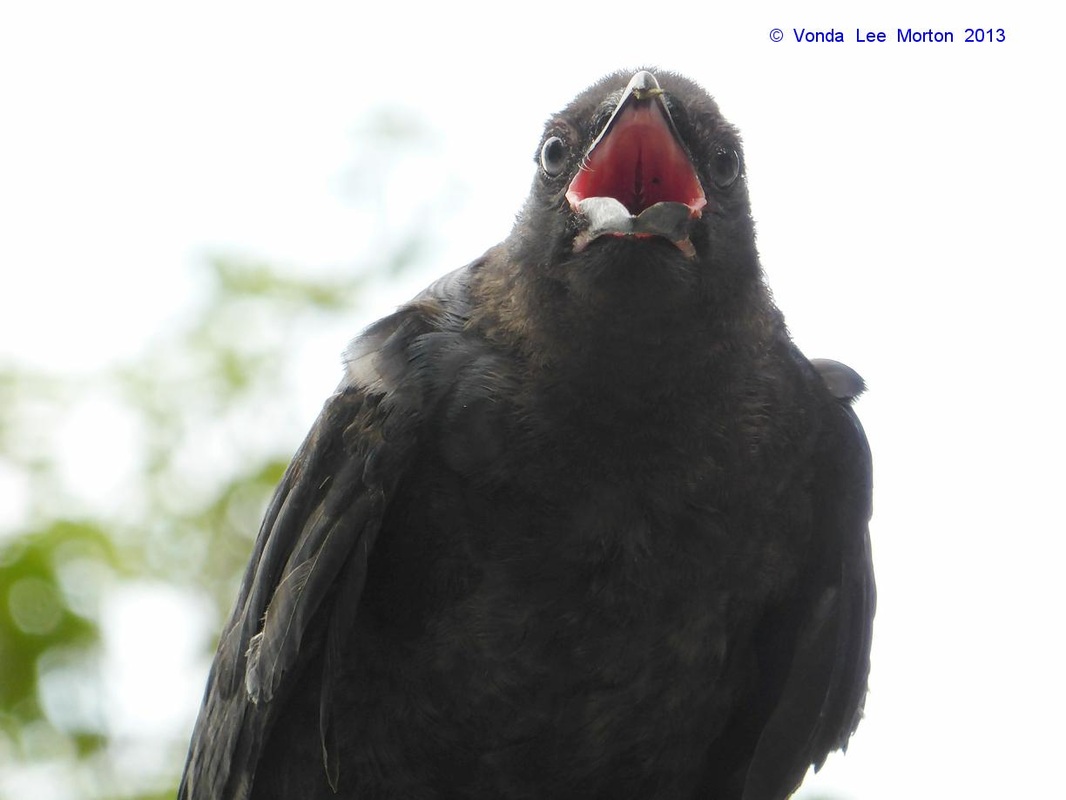
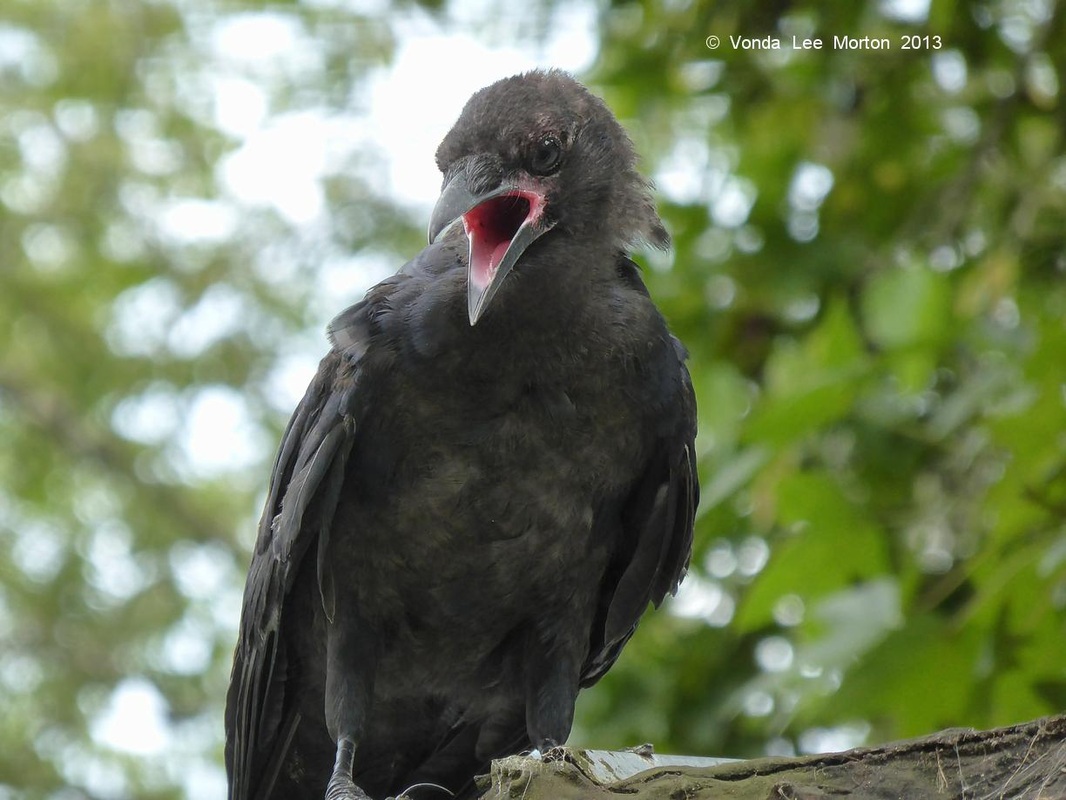
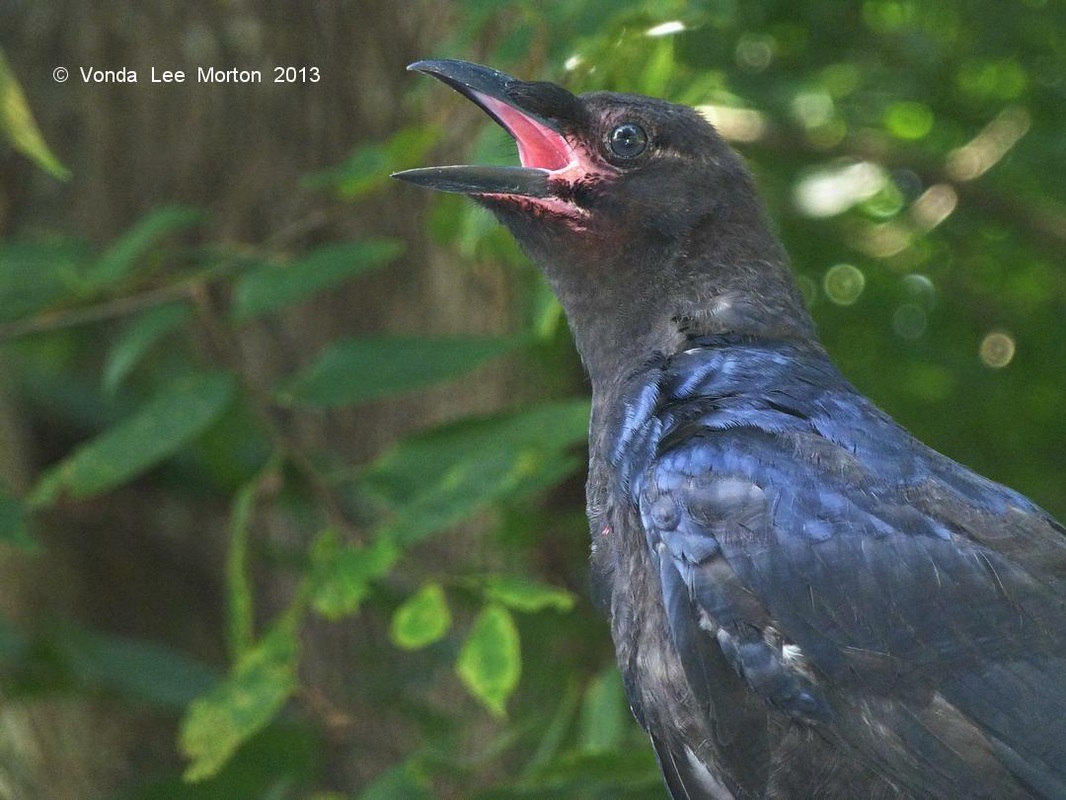
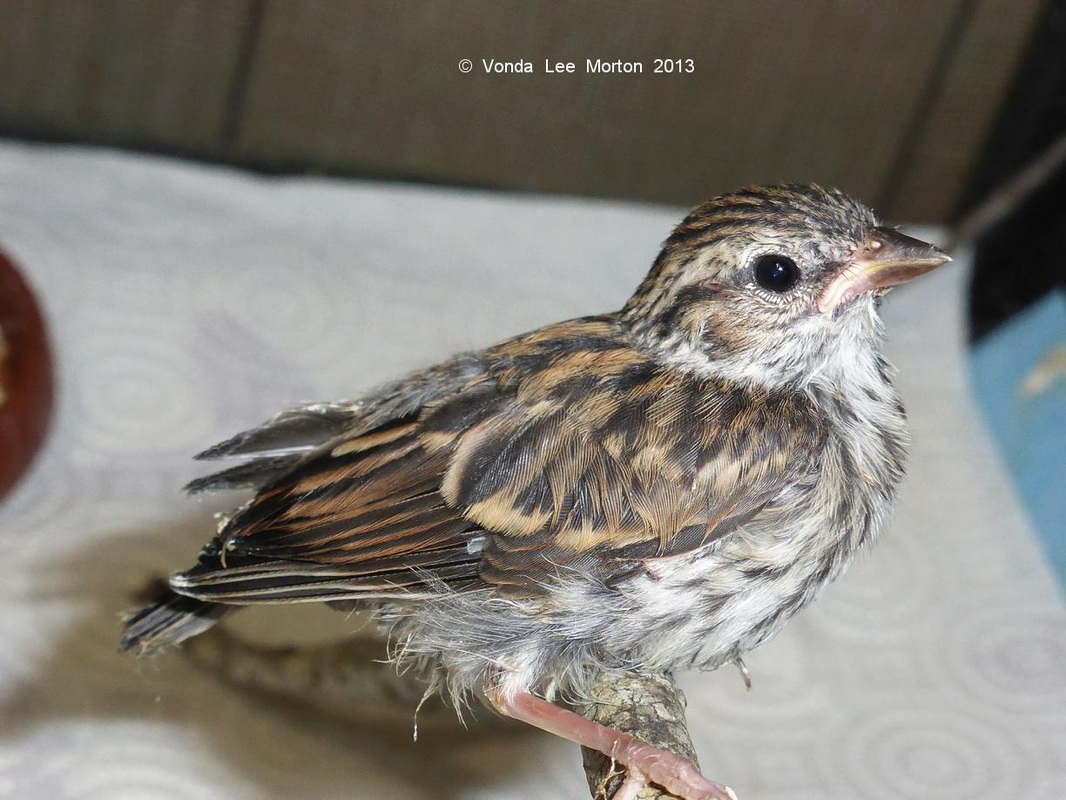
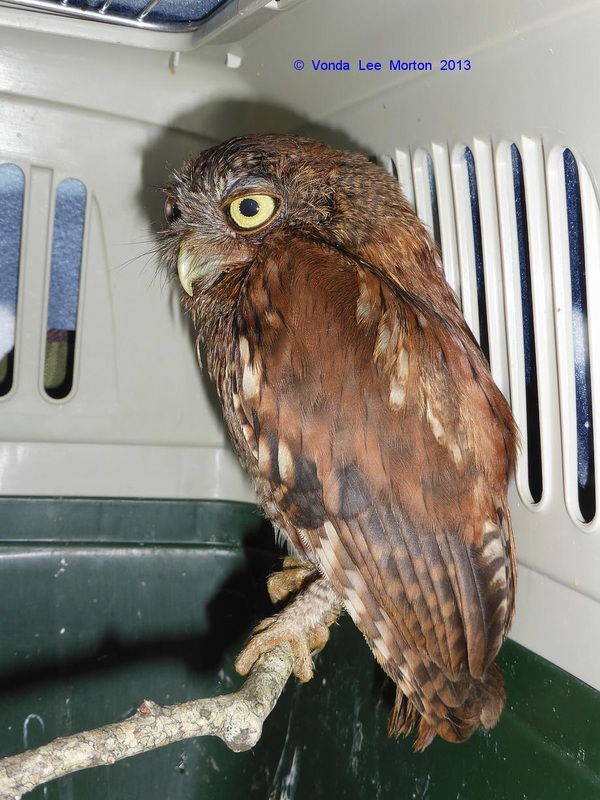
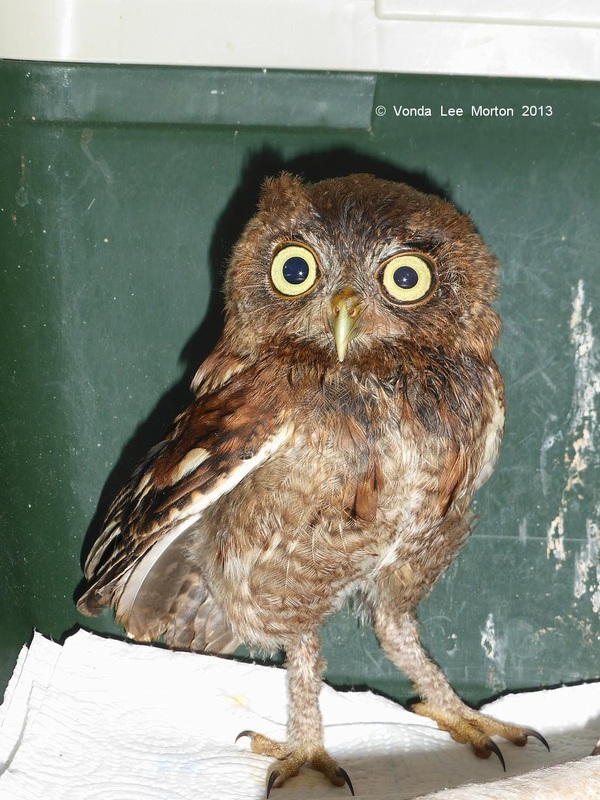

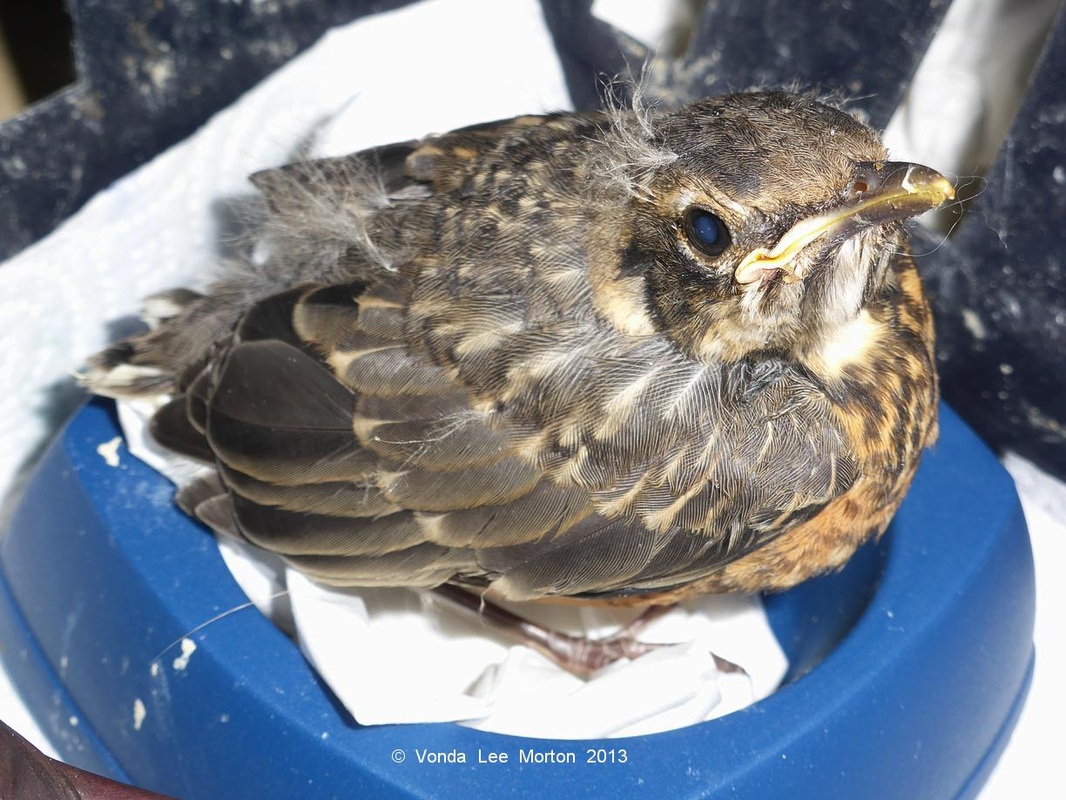
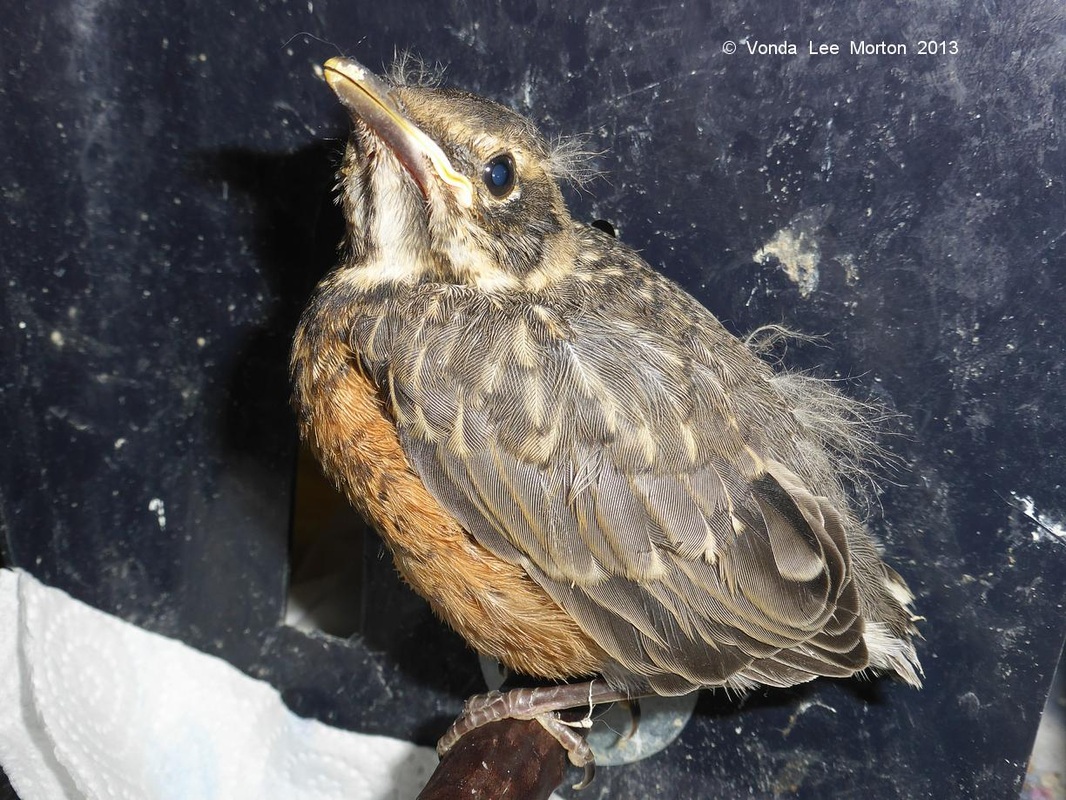
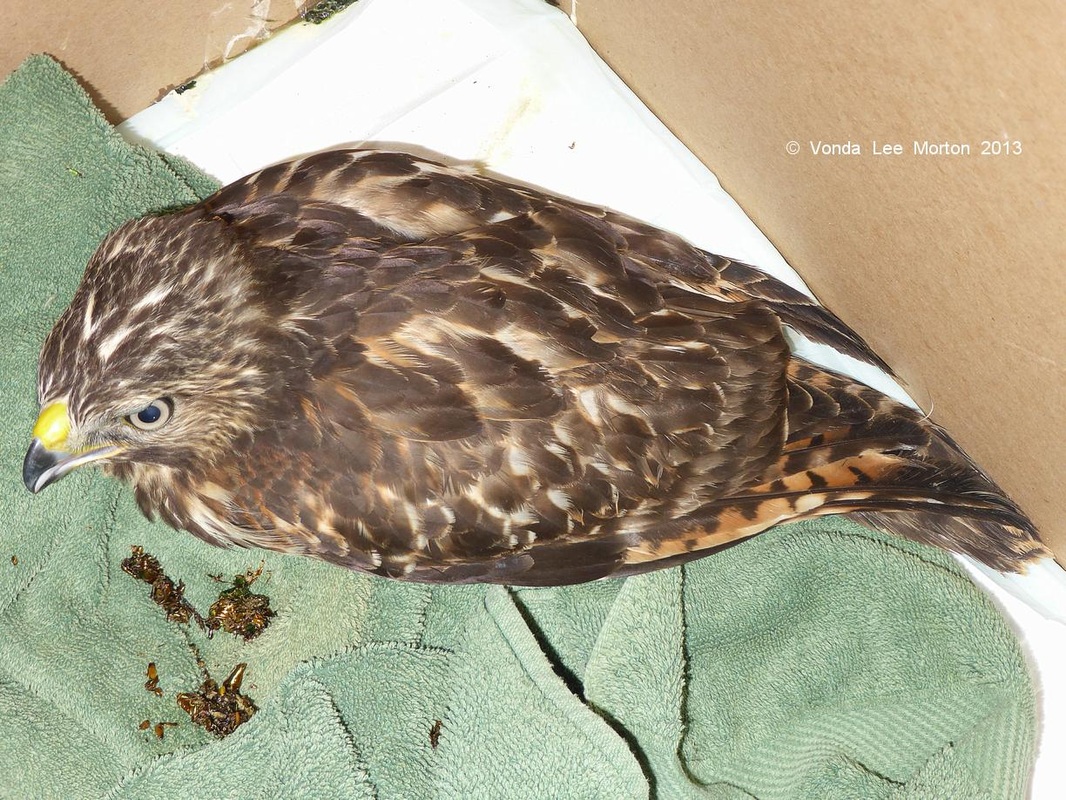
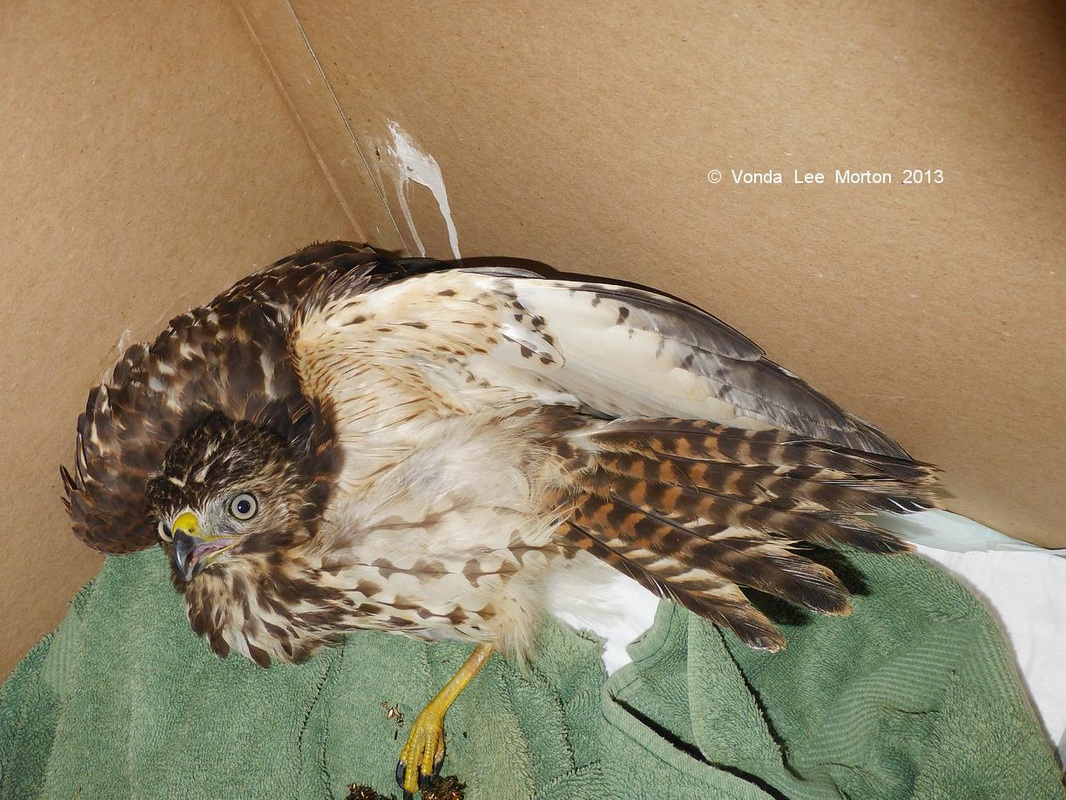
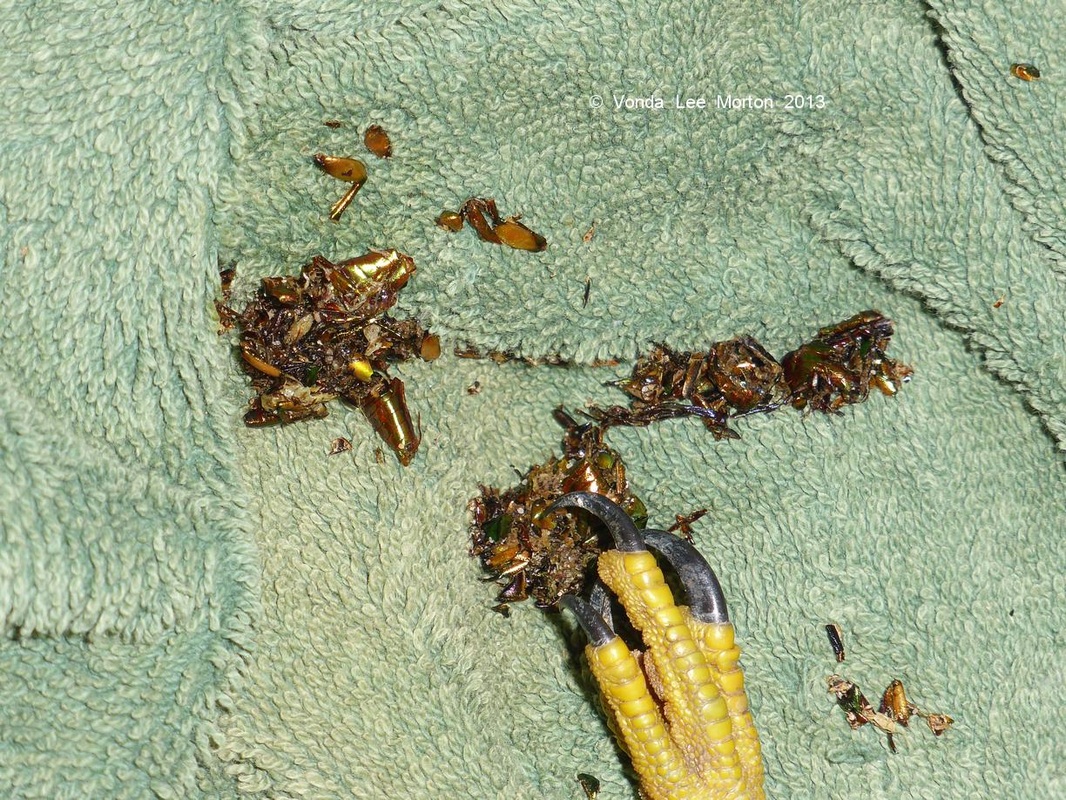
 RSS Feed
RSS Feed
